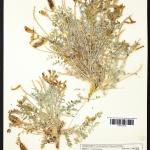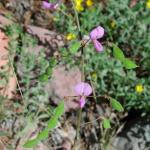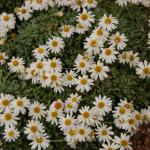G3?
G3? Vulnerable, Inexact Numeric Rank - Vulnerable globally either because very rare and local throughout its range, found only in a restricted range (even if abundant at some locations), or because of other factors making it vulnerable to extinction or elimination. Typically 21 to 100 occurrences or between 3,000 and 10,000 individuals.
The ranking is inexact.
Bulbostylis schaffneri (Schaffner's Hairsedge)
This small annual species is distinguished by the inflorescence being shorter than the leaves.
Desmodium metcalfei (Metcalfe's Tick-Trefoil)
Perennial; stems erect or ascending, clustered, 3-9 dm long, glabrate or strigose to inflorescence; petioles 1-3 cm long; leaves trifoliolate; leaflets oblong-lanceolate, the terminal longest, to 3-6 cm, generally about 1 cm wide, 4-5 times longer th...
Erigeron scopulinus (Rock Fleabane)
Perennial, mat-forming herb with fibrous root system and slender rhizomes up to 15 cm long; leaves clustered at tips of rhizomes, 5-12 mm long, 1.0-3.5 mm wide, spatulate or obovate, broadest above the middle, tapering toward the petiole, margins en...



